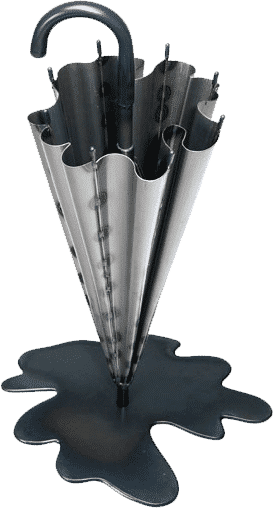The days of bulky square wooden uprights with a two-by-six railing for decks and stairs in New Zealand homes and commercial buildings have gone. Thanks to the expertise and craftsmanship of companies like North Harbour Engineering, deck and stairway balustrades and handrails can be stylish and modern and enhance the style of your home or business.
Here are our top tips for choosing handrails and balustrades to complement a building’s design by highlighting the stairways and deck surrounds.
Tip #1: Stick within the New Zealand Building Code
There was a time when anything seemed to go with no design, height or material restrictions. Fortunately, today we are more safety conscious, and there are strict balustrade and handrail regulations in New Zealand.
Before listing those, a quick reminder of definitions. The balustrade is a set of posts or a screen to prevent people from falling over the edge of stairs, a balcony, or a deck. The handrail sits on top of the balustrade. These days, they are usually made of fabricated metal, often steel, sometimes with toughened glass panelling.
The current Building Code Regulations are designed to ensure safety. A balustrade and handrail system must be designed in such a way that children cannot climb it. It must be strong enough with the required stability to support people who use it or lean on it and high enough to prevent people from toppling over.
Balustrade minimum heights differ slightly depending on where they are situated. For stairs, they must be a minimum of 900mm high. For stair landings, balconies, decks and the like, they must be a minimum of 1 metre. It must also be noted that once common on decks, horizontal railings are no longer code compliant.
Handrails for stairways in residential homes must run continuously along one side of the stairs at a minimum height of 900mm from the stair pitch, up to 1000mm high.
It should be noted that the above is a brief summary of this information, and the Building Code should be consulted when any handrail and balustrade system is designed for your home. Of course, your balustrade and handrail manufacturer will be familiar with the current building code and will be able to ensure your design is compliant.
If you want handrails for a factory or commercial building, the regulations may vary depending on the activities within the workplace. It pays to check the regulations relating to your building before commencing any planning or design.
Learn more about the Building Code Compliance for Barriers and Handrails.
Tip #2: Think about the handrail and balustrade style you prefer
There are so many choices today, from traditional balustrades with handrails on top to metal balustrading with glass panels to full frameless glass systems. All have advantages and disadvantages. The first thing you need to do is think about the style of your home. Part of this will depend on the age and style of your home.
As a metal fabricator specialising in balustrades and handrails, we can give advice on the type of metal balustrade and handrail system to suit your house or commercial building. This includes modern looking handrail systems that utilise glass panels. Note that frameless systems utilising glass panels used to be popular, especially in modern and beachside properties. Changes in Building Code regulations now mean that many systems without balustrades must have a handrail running across the top – refer to the Building Code for regulation advice.
Tip #3 Decide on a budget
Different systems will come with differing costs. Before going too far down the road of designing the handrails and balustrades for your stairs or deck, work out how much you want to spend. That may have a significant bearing on what you choose later on.
Tip #4: Decide what materials you want your balustrade and handrail made from
Like we said at the beginning, the days of chunky wooden balustrades and handrails are gone. These days, a popular choice is aluminium or steel, which can be powder-coated in almost any colour you like with handrails to match. Or you may prefer metal balustrades with toughened safety glass panels.
Much of it comes down to budget but don’t let the initial cost put you off. Powder-coated metal is durable and fade-resistant – it can look great for years. Other systems may need repainting and prove more costly in the long run.
Tip#5: Think again about the handrail and balustrade design
Once you have decided on style and materials, it’s time to look at the finer details. Metal balustrades and metal handrails come in a variety of shapes. Rounded, square, angled, architectural. Your metal fabricator will advise you on what looks best, but a lot of it comes down to simple preference or where the handrail will be used.
While a more bulky handrail may look good and be functional on a deck, handrails on stairways are often more functional if they are rounded and can be gripped easily by those using it.
So, these are our top tips for choosing handrails and balustrades for decks & stairs. An experienced metal fabricator can give further handrail and balustrade design advice for Auckland and New Zealand homes and businesses.

We are specialists in all areas of steel fabrication, sheet metal and manufacturing, and have built an impressive reputation for innovation, our ability to simplify complex engineering challenges, and we make things happen.



